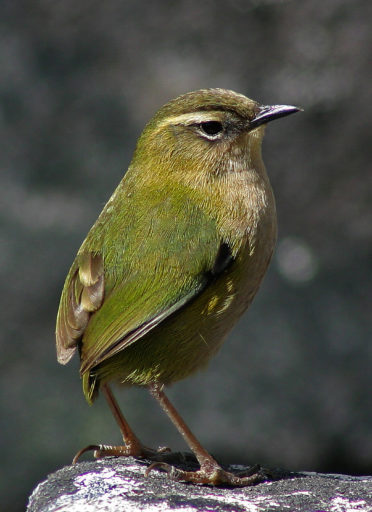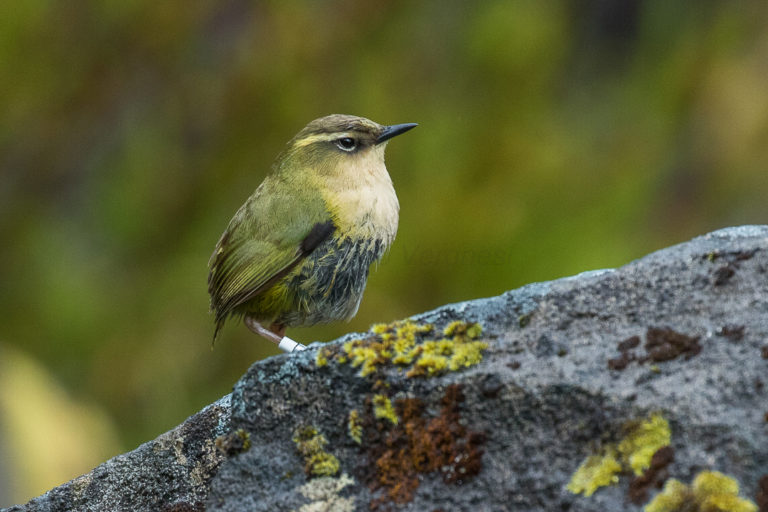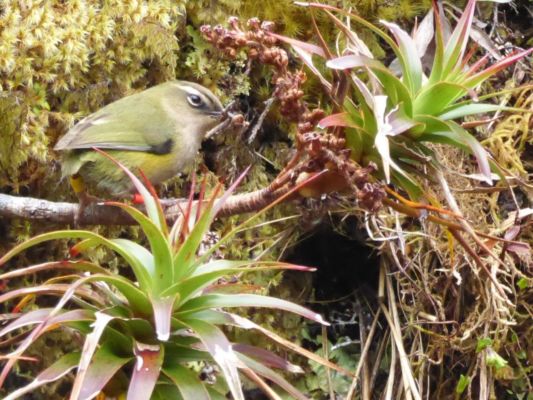Recently there have been several research projects looking at predators in the alpine environments of the South Island. It’s a completely different ecosystem to the much-studied lowland forest systems and there’s still a lot to be learnt about the key predator threats to our alpine species and how best to address those threats.

In his Zoology Masters thesis, Tristan Rawlence, a post-graduate student at the University of Otago with support from DOC, looks at landscape scale alpine predator control.
“New Zealand is a globally unique oceanic island due to the high prevalence of alpine ecosystems and a biota that evolved in the absence of mammals. Introduced mammalian predators are the leading cause of extinctions in New Zealand and have been implicated in the declines in abundance of many alpine species. However, landscape scale techniques to monitor the relative abundance and control of pest species in alpine areas have not been developed.”
Tristan looked at several aspects of alpine predator control in his research.
“The aim of this study is to address these shortfalls by modifying footprint tracking tunnel methods, trialling different aerially-applied 1080 pest control regimes, and by intensively monitoring a predator-sensitive alpine passerine to determine if these methods have conservation outcomes.”
Footprint tracking tunnels are widely used to monitor predators in forest ecosystems, but standard best-practice deployment doesn’t necessarily detect predators well in an alpine setting.
“Footprint-tracking tunnels are a cost-effective and widely used method to measure the changes in the relative abundance of mammals. In New Zealand, indices derived from footprint tracking tunnels are used to assess the efficacy of pest control operations using aerially-applied 1080 poison. The efficacy of landscape scale predator control using 1080 in alpine areas is unknown and the current footprint-tracking methodology appears unreliable at detecting pest species with a low probability of detection, particularly in alpine areas. This study used a model selection approach to investigate if increasing the survey interval and spatial distribution of footprint-tracking tunnels increased the sensitivity of the indices for mustelids, rats and mice.”
Having investigated a modified methodology for footprint tracking tunnels to monitor alpine predators, Tristan then used what he’d learnt to look at how effective a 1080 operation was, at cutting those predator numbers.
“I then investigated if aerially-applied 1080 poison effectively controlled each predator in alpine areas. I found that 21-night surveys were more sensitive than the established best practise for mustelids in forested and alpine areas and for rats and mice in alpine areas. Aerially-applied 1080 poison effectively reduced mustelid abundance in forested and alpine areas, and mice were unaffected. Rats were the most uncommon introduced predator in alpine areas, but appeared to benefit from a meso-predator release when alpine areas were excluded from 1080 operations.”

With predator numbers reduced, at least as far as mustelids were concerned, the next step was to determine whether native species benefited from that reduction. Predators are not the only threat to small alpine birds, however. The environment itself can be lethal, especially when it snows.
“The reproductive success, survival and population trends of the endangered alpine rock wren was intensively monitored in areas with and without 1080 predator control. I then used a model selection approach to test which explanatory variables best explained my data.”
Trail cameras helped to show exactly what was happening at rock wren nests.
“Fixed trail cameras on nests demonstrated that mustelids, rats and snowstorms cause significant adult mortality and nest failures. Landscape scale aerially-applied 1080 poison effectively reduces alpine predator abundance and results in substantial increases in nesting, survival and territory occupation estimates for rock wren which results in population increases where rock wren occur. These effects last for at least 2 years.”
Two years gives the rock wren population a significant break from the predator threat. But is there a cost to rock wren from the 1080 operation itself?
“I could not rule out potential by-kill of rock wren resulting from 1080 sown in alpine areas, because mortality occurred unevenly at the one site when a 1080 operation and a snowstorm occurred in succession. However, this risk is low, as rock wren have demonstrated no susceptibility to 1080 poisoning at another site and have suffered nest failures and mortality in snowstorms at both sites, in years where 1080 has not being implicated. However, 1080 applied only to treeline resulted in equally effective mustelid suppression, thus removing the by-kill risk to rock wren, but increased the risk of rat predation. Mice were unaffected by either 1080 sowing strategy used in this study.”

As a result of Tristan’s thesis work, tracking tunnel monitoring of predators in alpine areas can now be carried out much more reliably.
“Tracking indices for mustelids best explained changes in rock wren nest predation rates. Reliable monitoring of mustelids, rats and mice in alpine areas, or in areas where these predators are uncommon, can now be undertaken. Management with aerially-applied 1080 is an effective landscape scale tool for alpine pest control, therefore a management tool now exists to reverse the decline of mustelid and rat sensitive alpine species on a landscape scale. Endangered rock wren populations will benefit greatly from an increased use of 1080.”
So the verdict from this research project is strongly in favour of aerial 1080 operations, at least as far as rock wren populations are concerned. There’s still much to learn, however.
“Further research is required to resolve the uncertainty around the risk of 1080 in alpine areas to rock wren, as well as how mustelids, rats and mice can be controlled in more expansive alpine areas.”
The full text of Tristan Rawlence’s Masters Thesis is freely available through the University of Otago’s OUR Archive website:
The efficacy of aerial 1080 poison applied on a landscape scale to control alpine predators and the reproductive response of rock wren (Xenicus gilviventris) (2019)

